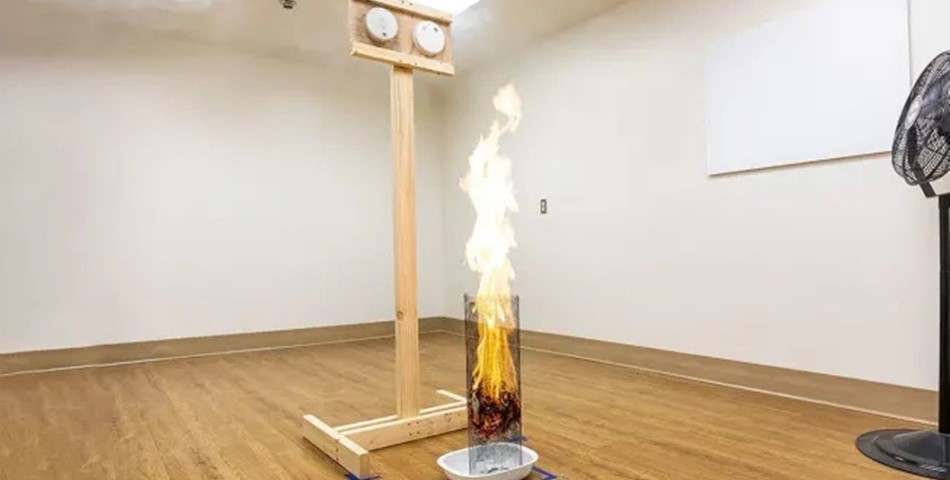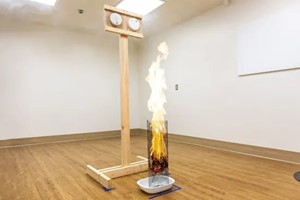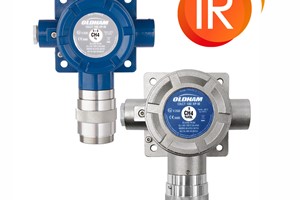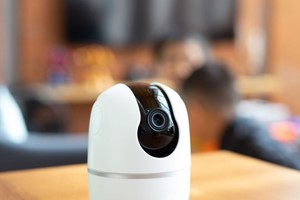Consumer Reports' lab tests reveal the best detectors for protecting you and your loved ones
Most smoke and carbon monoxide detectors look the same, so you might think that they basically are the same. As long as they’ve been certified by a testing organization, such as UL or Intertek Electrical Testing Labs (ETL), they should work just fine, right? Not exactly.
“We need to test detectors because some fail at CO detection, and there are differences in how quickly different models respond to CO,” says Bernie Deitrick, Consumer Reports’ test engineer for smoke and CO detectors. “I have never tested a model that failed our fire and smoke tests, and it is reassuring to know that such critical devices actually work.”
A detector’s ability to sense carbon monoxide can mean the difference between life and death. According to the CDC, every year more than 400 Americans die from accidental CO poisoning, and about 50,000 Americans end up in the emergency department.
In the lab, we expose detectors to both flaming fires and smoldering, smoky fires to see how well they detect smoke and fire. For CO alarms, we expose them to precise high CO levels (400 parts per million) and low CO levels (100 ppm) to see how accurately and how quickly they detect the deadly carbon monoxide. And for stand-alone CO detectors, we also check the accuracy of the CO levels that they either display on their screens or read aloud via voice messages.
As you shop, note each detector’s power source: Generally, detectors are battery-powered, hardwired, or plugged into an outlet. Battery-powered detectors can be placed anywhere and typically run on replaceable batteries (usually 9-volt or AA) or sealed lithium batteries that last 10 years. Hardwired detectors require special wiring for power that’s typically found only in newer or renovated homes. Plug-in detectors receive a constant flow of power from an outlet. Both hardwired and plug-in detectors use a backup battery that will take over in the event of a power outage. Backup batteries need to be replaced annually.
To determine the type you need, remove the detectors in your home from their mounts. If there are wires connected to them that run into the wall or ceiling, you need hardwired detectors. If there are no wires, you need battery-powered detectors.
Below are the best smoke and carbon monoxide detectors from our tests, arranged in alphabetical order. You’ll find stand-alone smoke detectors, stand-alone CO detectors, combination smoke-CO detectors, and smart smoke-CO detectors that can send alerts to your smartphone. There are hardwired and battery-powered picks for each type of detector.
By Daniel Wroclawski












